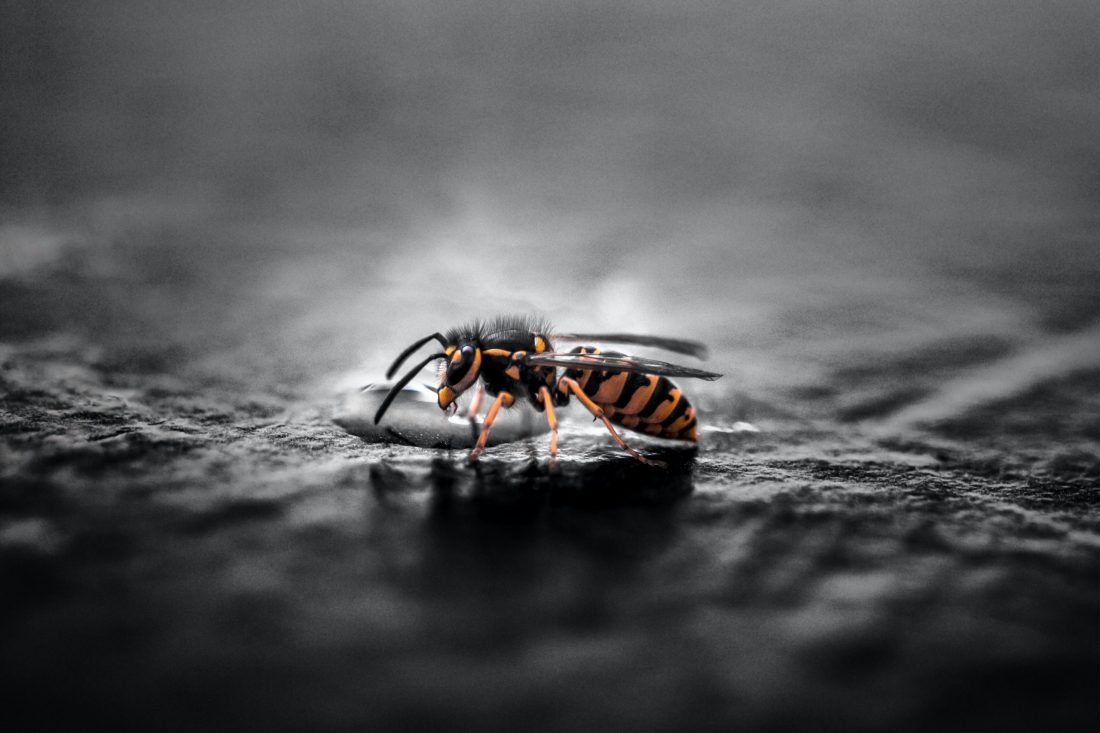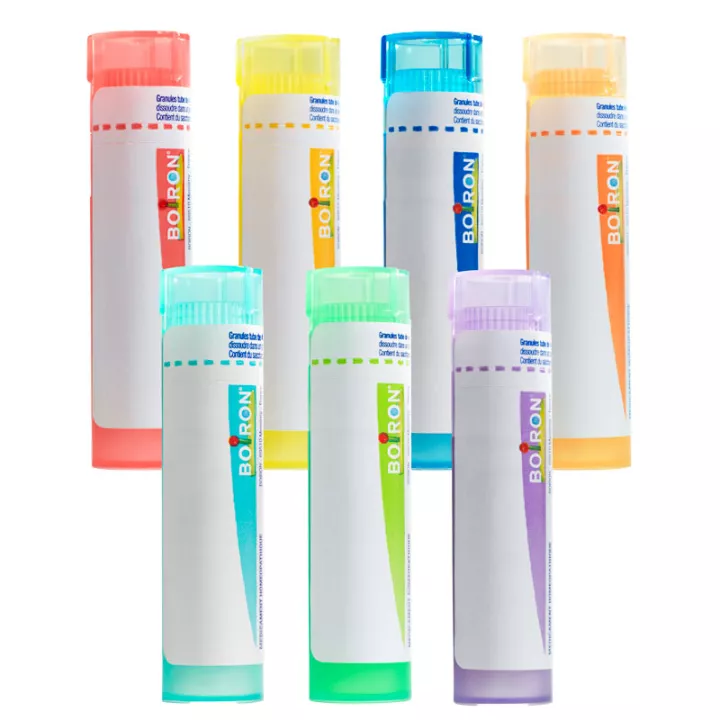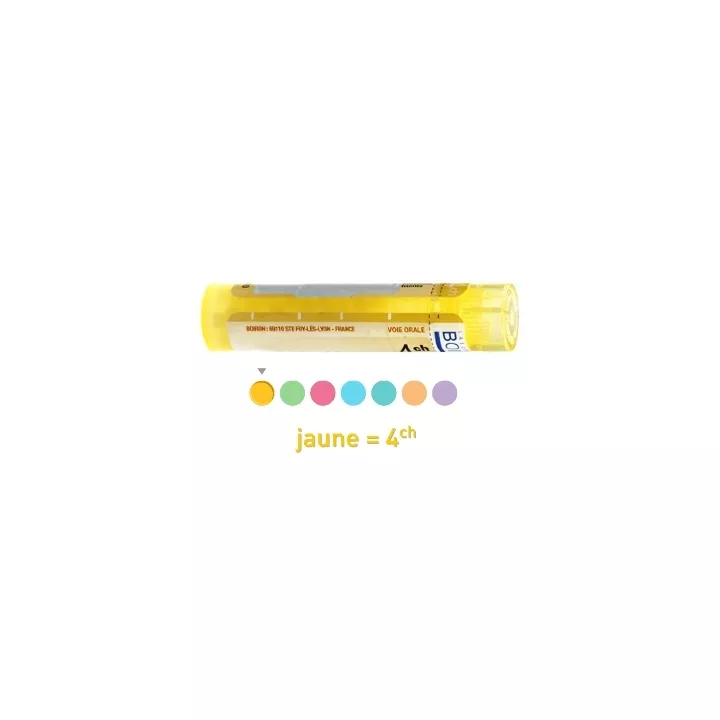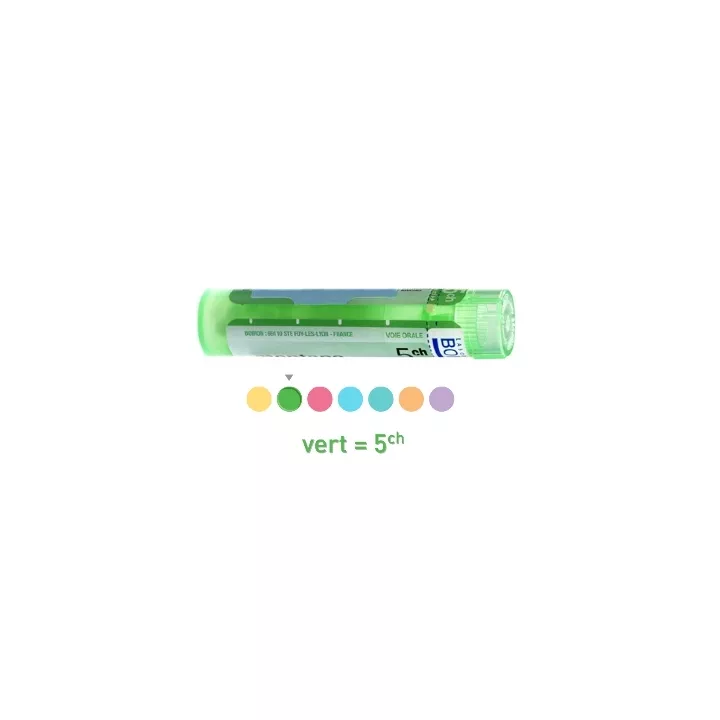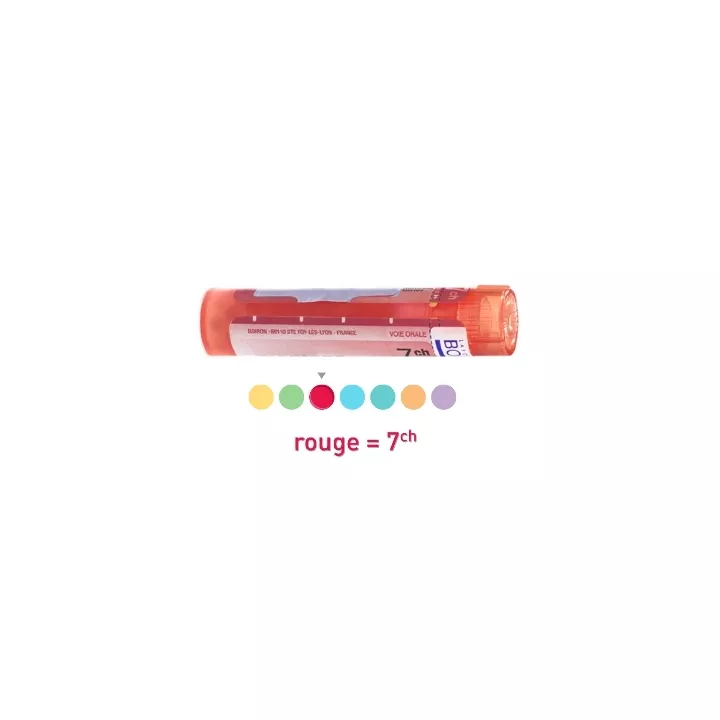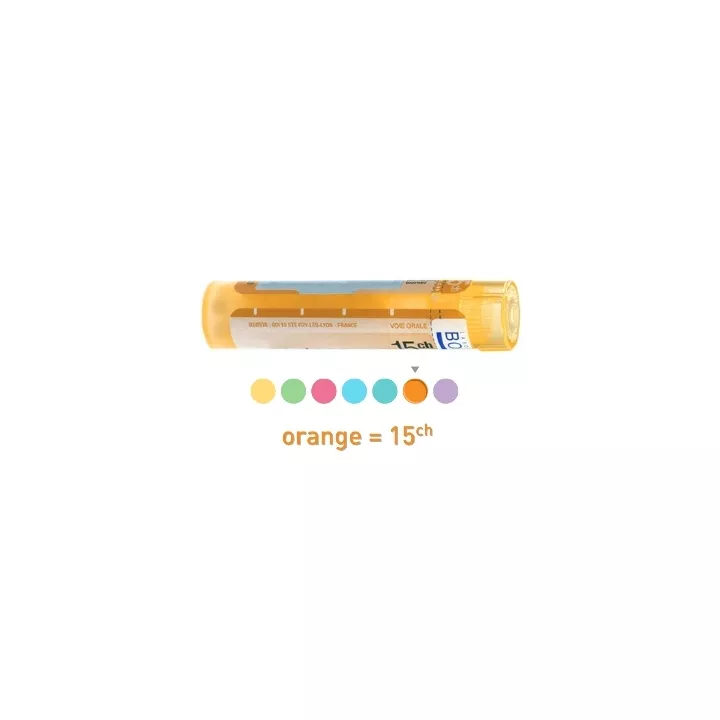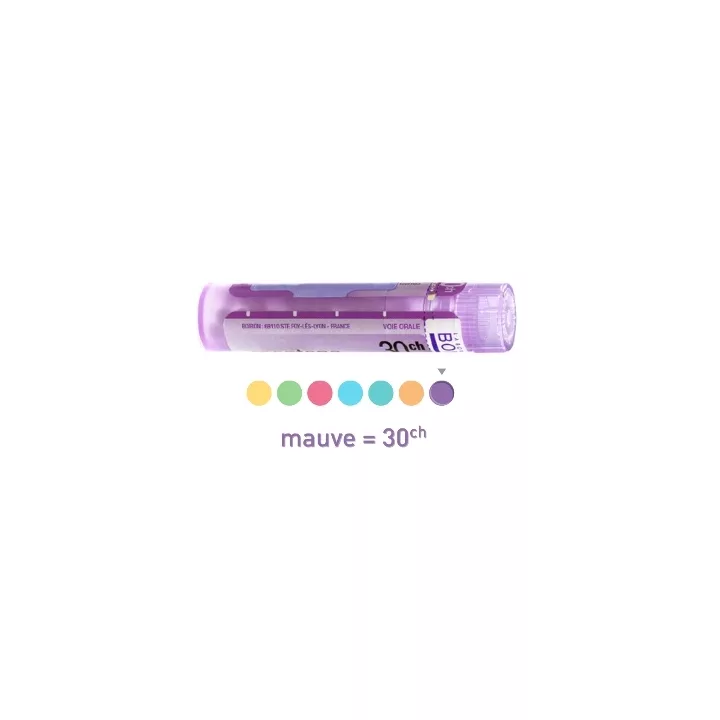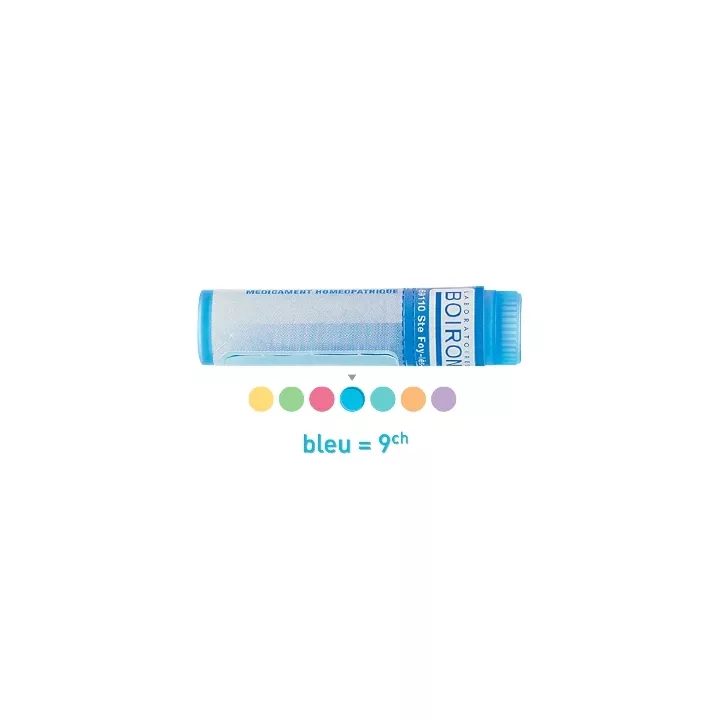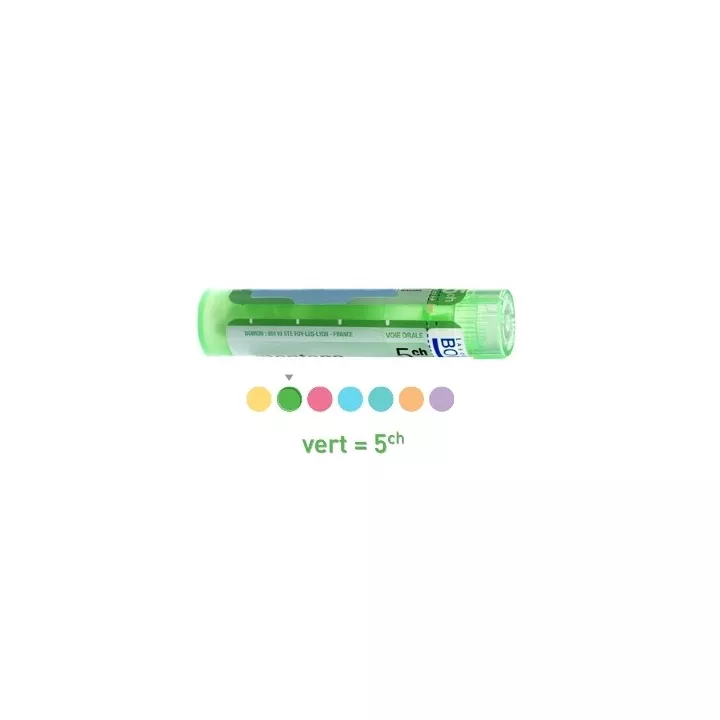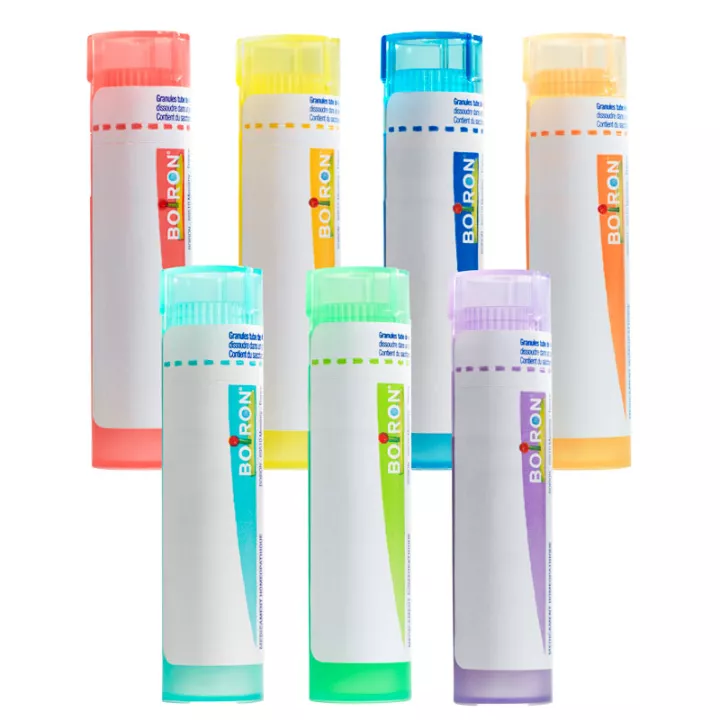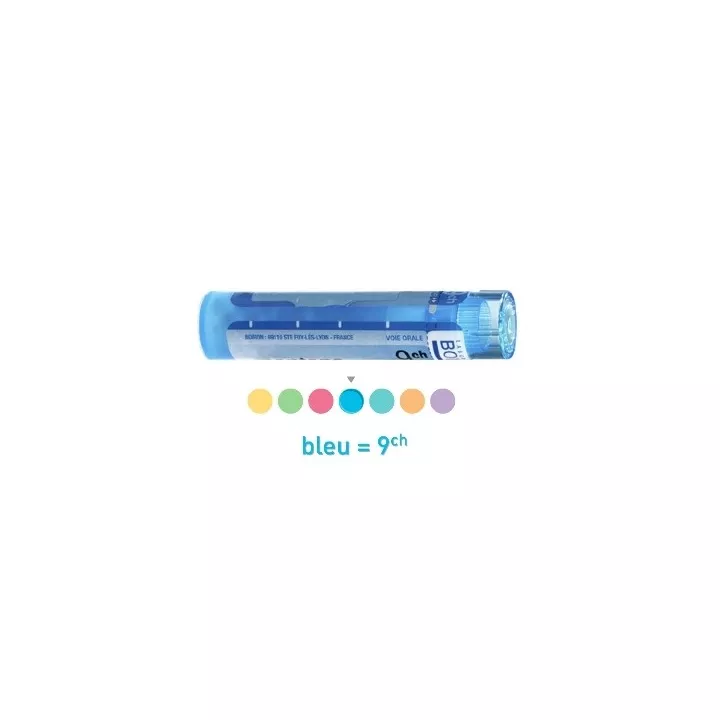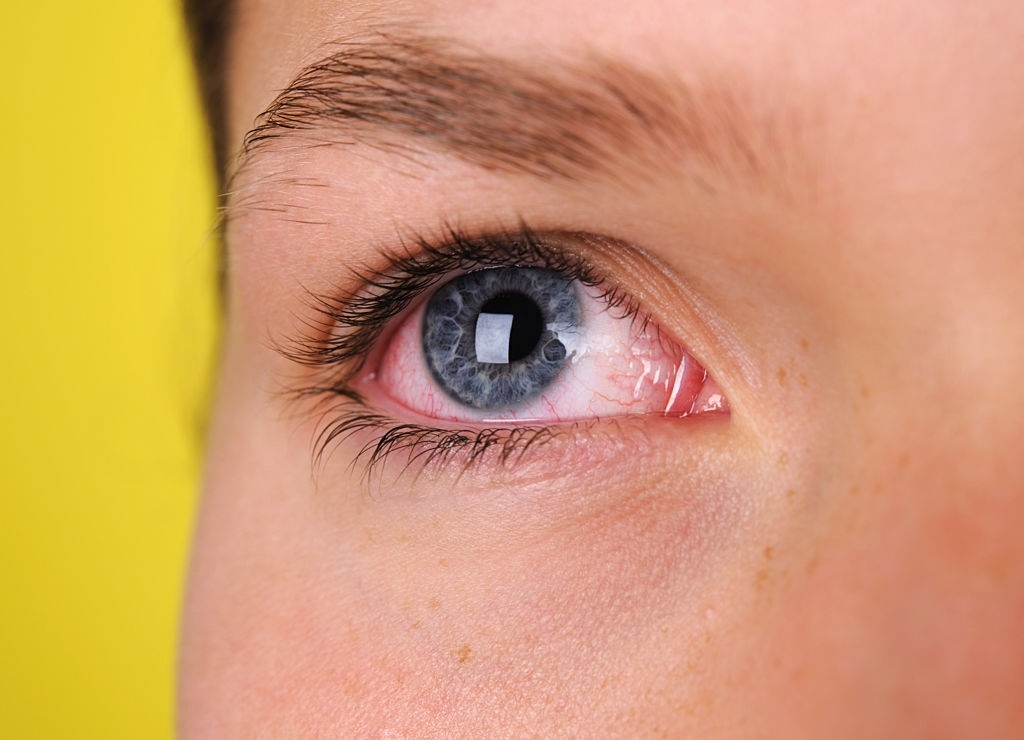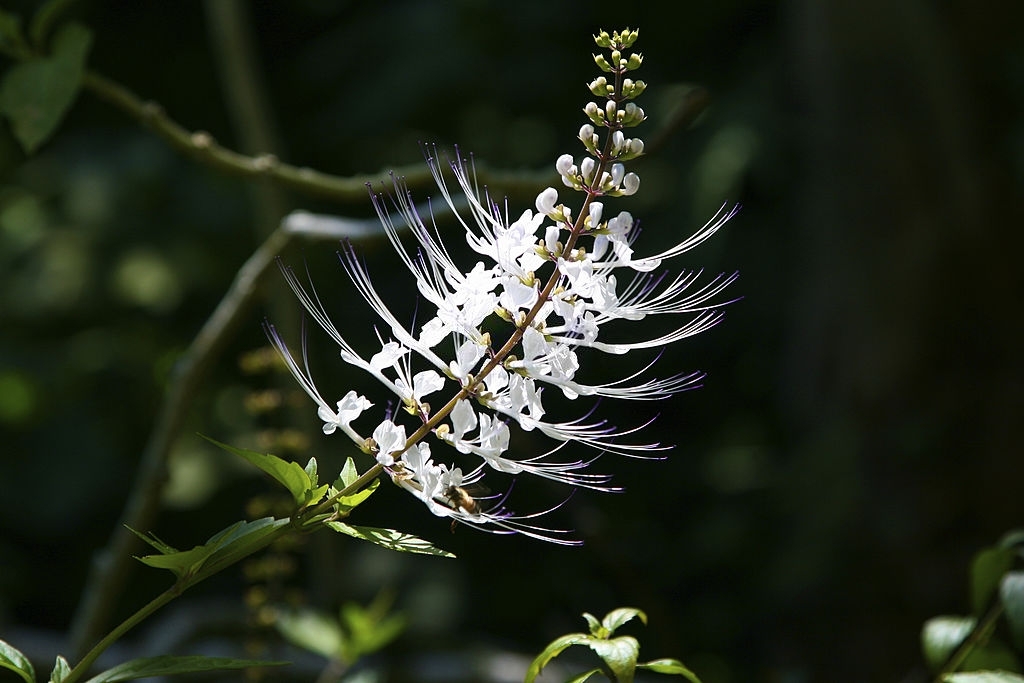Thuja occidentalis 4CH, 5CH, 7CH, 9CH, 12CH, 15CH, 30CH available in our online pharmacy in homeopathic granules from the Boiron laboratory
Registered drug: EH00969
Origin: Plant
Thuya occidentalis comes from the ornamental conifer called Thuya du Canada or Thuya. Very often arranged in a hedge around gardens, this shrub, which is used to beautify homes, also serves the well-being of the human body. Indeed, over the course of research, homeopathy has discovered many therapeutic applications including, among others, ENT, pneumology, dermatology, urology, gynecology, obstetrics, ophthalmology, gastroenterology, rheumatology, neurology. However, we note that like other homeopathic remedies, the recommended dosages vary according to the conditions and their state of advancement.
Comment on advice for use and dosage with our partner Avis checked after your purchase.
If there is no improvement within 24 hours, consult your homeopathic doctor.
Indications and Dosage of Thuja Occidentalis in tube of granules
Homeopathic medicines can be used in various symptoms, so it is not possible to determine the indications and dose of a specific preparation.
The homeopathic physician chooses the dilution and dosage appropriate to the patient's state of health and characteristic symptoms.
Thuja occidentalis is a homeopathic remedy widely recognized for its multiple applications. This strain is often prescribed to treat various conditions, ranging from respiratory infections to skin problems. In this article, we will explore the main indications of Thuja occidentalis and how it can benefit your health.
Respiratory and ENT disorders
Thuja occidentalis is frequently used to treat the following conditions:
- Nasopharyngitis, recurrent angina and otitis : It helps relieve ear pain and treat chronic sinusitis.
- Chronic and recurrent bronchitis : This remedy is also used as a background treatment for asthma, especially if it worsens during the cold season.
For nasopharyngitis, recurrent angina, otitis, ear pain and chronic sinusitis: Thuja occidentalis 15 CH: 5 granules per day for 3 months.
In cases of chronic bronchitis, recurrent bronchitis or as a background treatment for asthma: Thuja occidentalis 30 CH: 1 dose per week for 3 months.
Skin Concerns: The Treatment of Warts
Thuja occidentalis is also effective in treating warts, thanks to its antiviral and immunostimulant properties .
Thuja 5 CH: recommended if the infiltration of water is associated with fattening and general impasto, with edema of the feet in the evening, a tendency to warts. This state is often found following vaccination.
For the basic treatment of warts: it is advisable to take Thuja occidentalis 30 CH at the rate of one dose per week for 3 months.
Hidradenitis or Verneuil's disease is characterized by a series of various symptoms, the most common of which are abscesses and cutaneous nodules. This pathology proves to be very inconvenient insofar as it interferes with the social activities of the affected subject. Nevertheless, you should know that homeopathy can effectively treat the symptoms of this disease. Among the recommended homeopathic remedies are Thuja occidentalis and Belladonna . The first helps relieve irritation while Belladonna helps reduce the formation of pus within abscesses.
Urogenital disorders
Thuya occidentalis can be used to relieve symptoms associated with chronic urinary tract infections, enlarged prostate and bladder polyps.
Prostatism , prostatitis and prostatic adenoma are the most common prostate conditions affecting men between the ages of 40 and 60. They are generally characterized by urinary disorders, painful sensations localized in the pelvic or perineal region, pollakiuria or dysuria. In any case, they can be easily treated with several homeopathic remedies including the mother tinctures of Pareira Brava , Sabal Serrulata and dilutions of Thuja , Myristica, Belladona, Sabal Serrulata, Conium Maculatum, Staphysagria, Rana bufo and Baryta Carbonica. These remedies are indeed very effective in relieving patients and eliminating the symptoms of their disease as quickly as possible.
In case of chronic urinary tract infections, hypertrophy of the prostate or presence of polyps in the bladder, follow a homeopathic cure for at least 3 months with a weekly dose of Thuya occidentalis 30 CH .
Leucorrhoea: Irritant vaginal discharge
In case of leucorrhoea (whitish and irritating vaginal discharge), Thuja occidentalis can help reduce irritation and inflammation.
For these gynecological conditions, homeopaths generally prescribe the homeopathic remedy Thuya occidentalis 30 CH , to be taken 1 dose per week for 3 months.
Eye conditions
Thuja occidentalis is also indicated for the treatment of conjunctivitis (inflammation of the conjunctiva) and chalazions (inflammation at the base of an eyelash). The chalazion is a swelling located on the eyelids. It is usually mild and can be easily cured with homeopathic remedies.
What is a chalazion?
A chalazion is a small, relatively hard cyst that forms on the eyelids. It is caused by the obstruction of a sebaceous gland secreting sebum. The chalazion may gradually disintegrate when treated with homeopathic remedies. The chalazion should be treated early enough to avoid an infection that could damage the eye.
Homeopathic remedies to treat a chalazion
If the chalazion has developed and pus has formed, the proposed solution is to take Thuja Occidentalis 30 Ch for a three-month treatment at the rate of a single dose per week. In some cases, the doctor may prescribe Staphysagria in 7 Ch in 5 granules in the morning and evening for three months, to be combined with Thuja Occidentalis.
The benefits of Thuja Occidentalis
Thuja Occidentalis is a plant widely used in homeopathy to treat various skin conditions, including chalazions. Its action reduces inflammation and promotes the gradual disintegration of the cyst. Thanks to its anti-inflammatory and antiseptic properties, Thuja Occidentalis helps prevent infections and speeds up the healing process.
The association of Thuya Occidentalis and Staphysagria
In some cases, it is recommended to combine Thuja Occidentalis with Staphysagria. Staphysagria is a homeopathic remedy also known for its anti-inflammatory and antiseptic properties. This association makes it possible to reinforce the action of the two remedies and to optimize the treatment of the chalazion.
In cases of conjunctivitis and chalazion: take 1 dose per week of Thuya occidentalis 30 CH for 3 months. This homeopathic strain can therefore be combined with Staphysagria 7 CH : 5 granules morning and evening for 3 months.
Digestive and intestinal disorders
This homeopathic remedy is also useful for relieving digestive disorders such as borborygmi (intestinal gurgling noises during digestion) and hydro-aeric noises (noises caused by the presence of liquids and gases in a cavity, such as the stomach) .
To treat digestive disorders, it is recommended Thuya occidentalis 30 CH at the rate of one dose per week for 3 months.
Joint pain related to cold and humidity
Thuja occidentalis can be used to relieve joint pains, especially those that are aggravated by cold and humidity.
In case of joint pain: Thuya occidentalis 30 CH give 1 dose per week for 3 months.
Side effects or post-treatment reactions
Thuya occidentalis can also be prescribed in case of disorders occurring after or during medical treatment, such as vaccination, hormone therapy (in gynecology), antibiotic therapy or corticosteroid therapy. It is also used to treat reactions caused by treatment, such as post-vaccination reactions.
For disorders occurring following treatment: take 5 homeopathic granules of Thuja occidentalis 15 CH daily for 3 months.
In the event of a reaction triggered by a treatment (especially following a vaccine), Thuya occidentalis should be taken at the following dosage: 1 dose 9CH on the 1st day, 1 dose 15CH on the 2nd day, 1 dose 30CH on the 3rd day, and if necessary, continue 1 dose per week with Thuya occidentalis 30 CH or every 15 days.
Advice for use and instructions for use of Thuya Occidentalis in a tube of granules
- Turn the tube to drop the desired number of granules into the cap and then place the granules under the tongue.
- It is advisable not to touch the homeopathic granules with your fingers.
- Do not take astringent substances within half an hour before taking homeopathic medicines such as coffee, tobacco, camphor, mint and chamomile.
- Use toothpaste without mint (such as Homéodent Boiron, toothpaste compatible with taking homeopathic granules).
Packaging and content of Thuya Occidentalis : Translucent granule tube (allows you to view the remaining granules). Weight 4g. About 80 pellets.
Precaution of use
Contains sucrose. Store homeopathic medicines away from light, heat and humidity.
Give homeopathic granules of Thuja occidentalis to babies and children
The homeopathic granules are to be dissolved in 100ml of water. The granules being very long to dissolve, it is necessary to prepare your mixture in advance.
Homeopathy and pregnancy
Homeopathic medicines have no chemical toxicity, contraindications, interactions with other medicines, or adverse effects related to the quantity of product ingested. Pregnant women can treat themselves without known risk for them and their future child, but it is preferable to seek advice.
Frequency of use of homeopathy
In acute conditions, it is advisable to take homeopathic remedies every hour until symptoms improve. Therefore, it is necessary to space out the doses, 3 or 4 times a day, then to stop gradually.
In chronic conditions, remedies in low dilution (Thuya occidentalis > 9CH) are taken 1 to 2 times a day, basic remedies are taken once a week, or even once a month. This decision is up to the homeopath.
What to do if there is no improvement within 24 hours
Some pathologies cannot be treated in homeopathy by simple self-medication. Your doctor will judge whether your condition can be treated with homeopathy alone or whether your treatment must be supplemented by allopathy.
